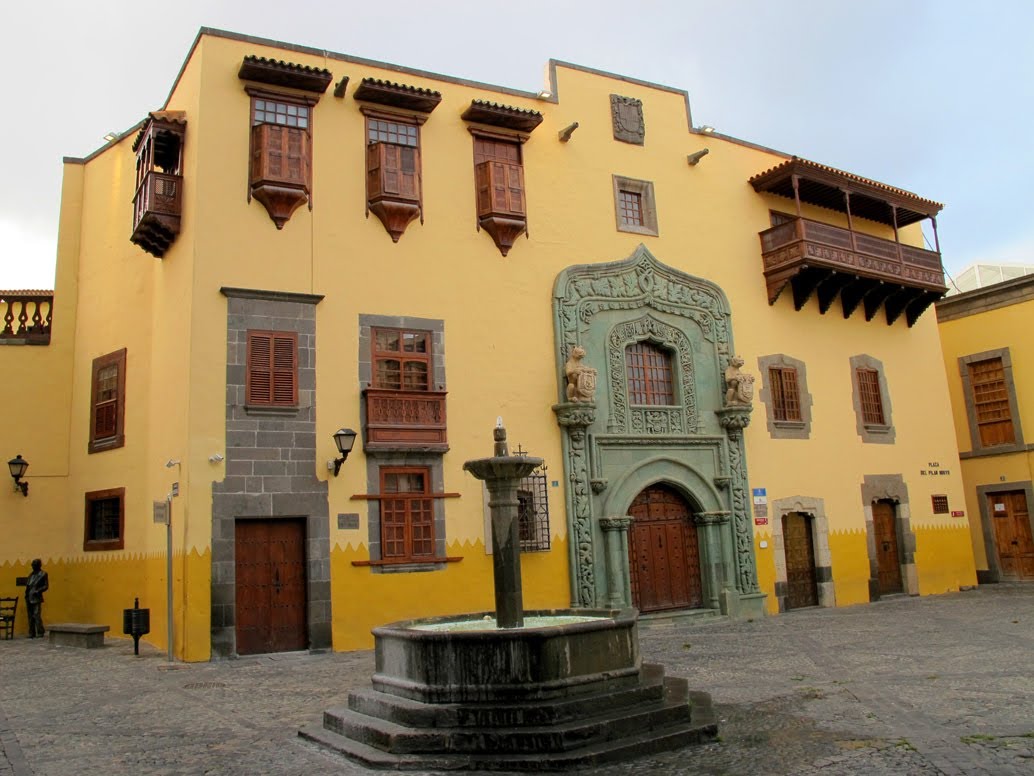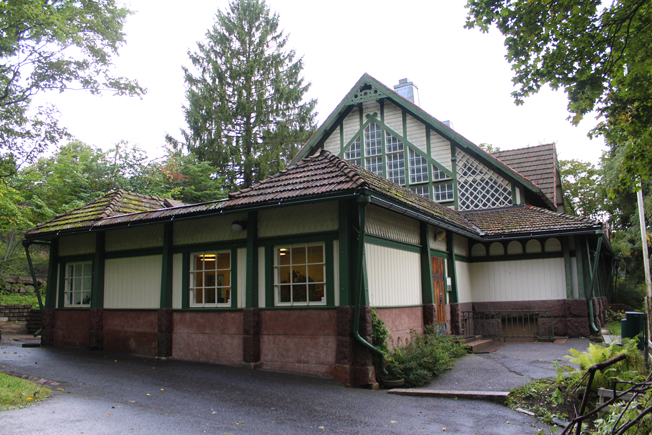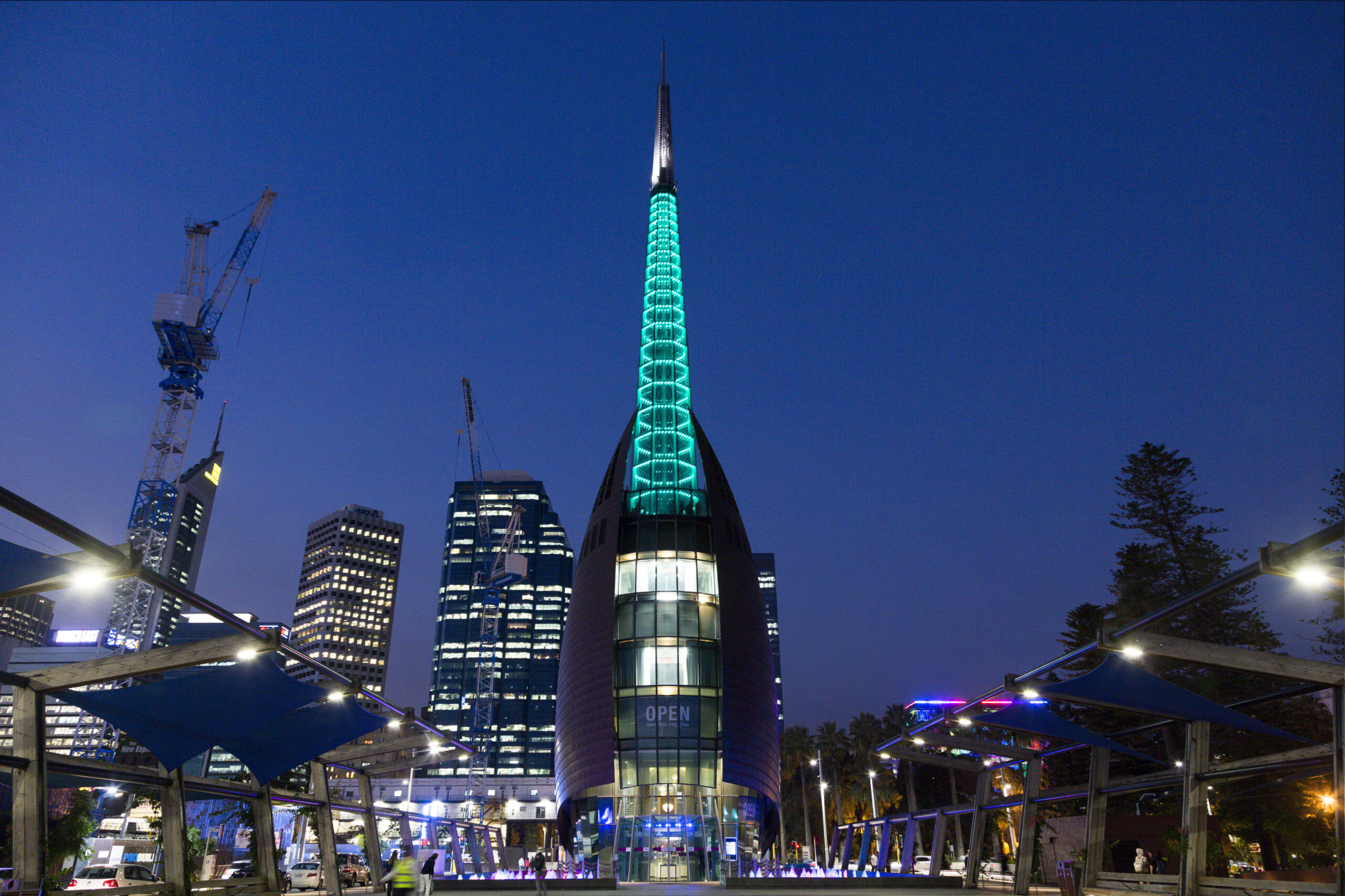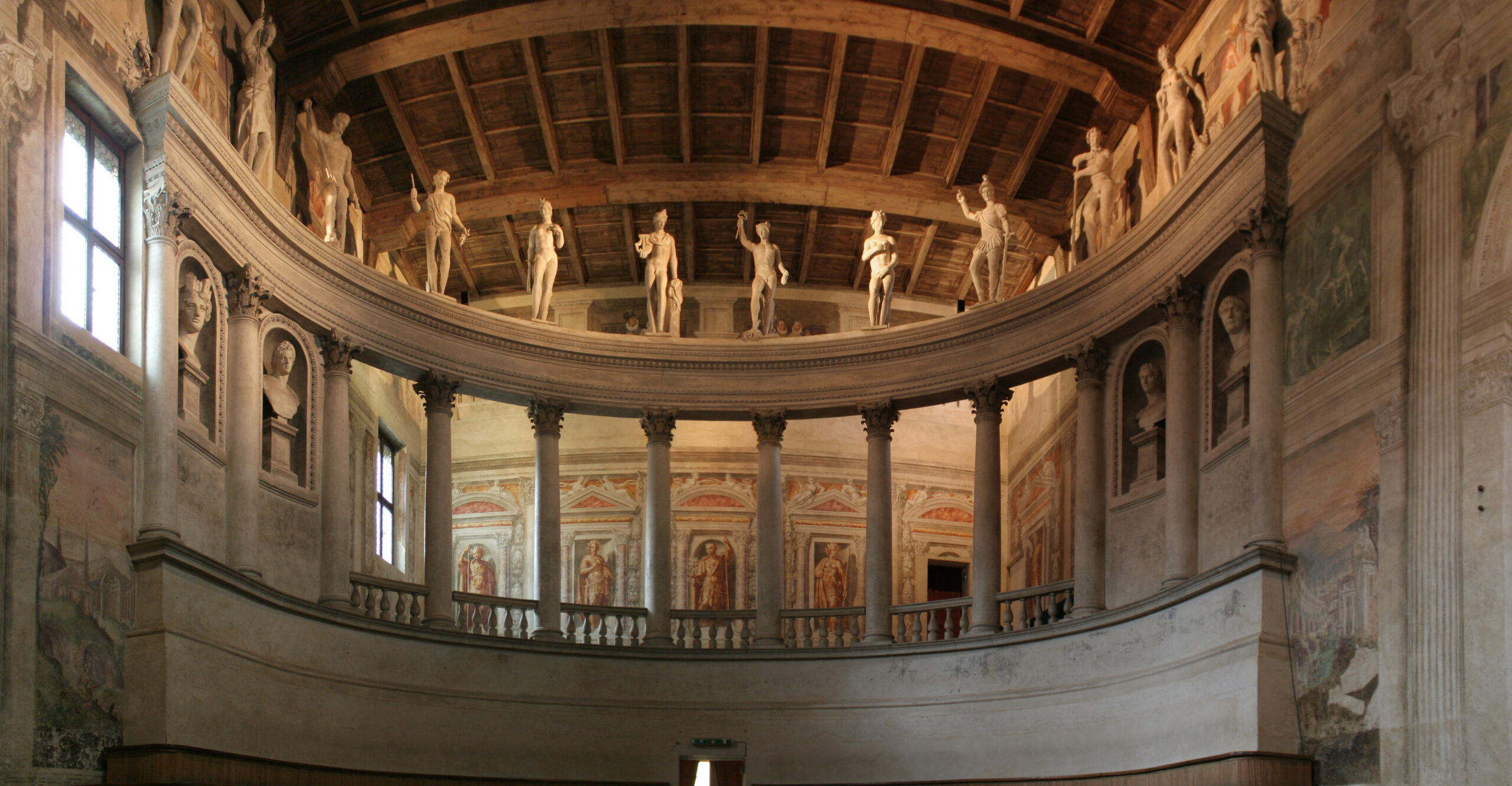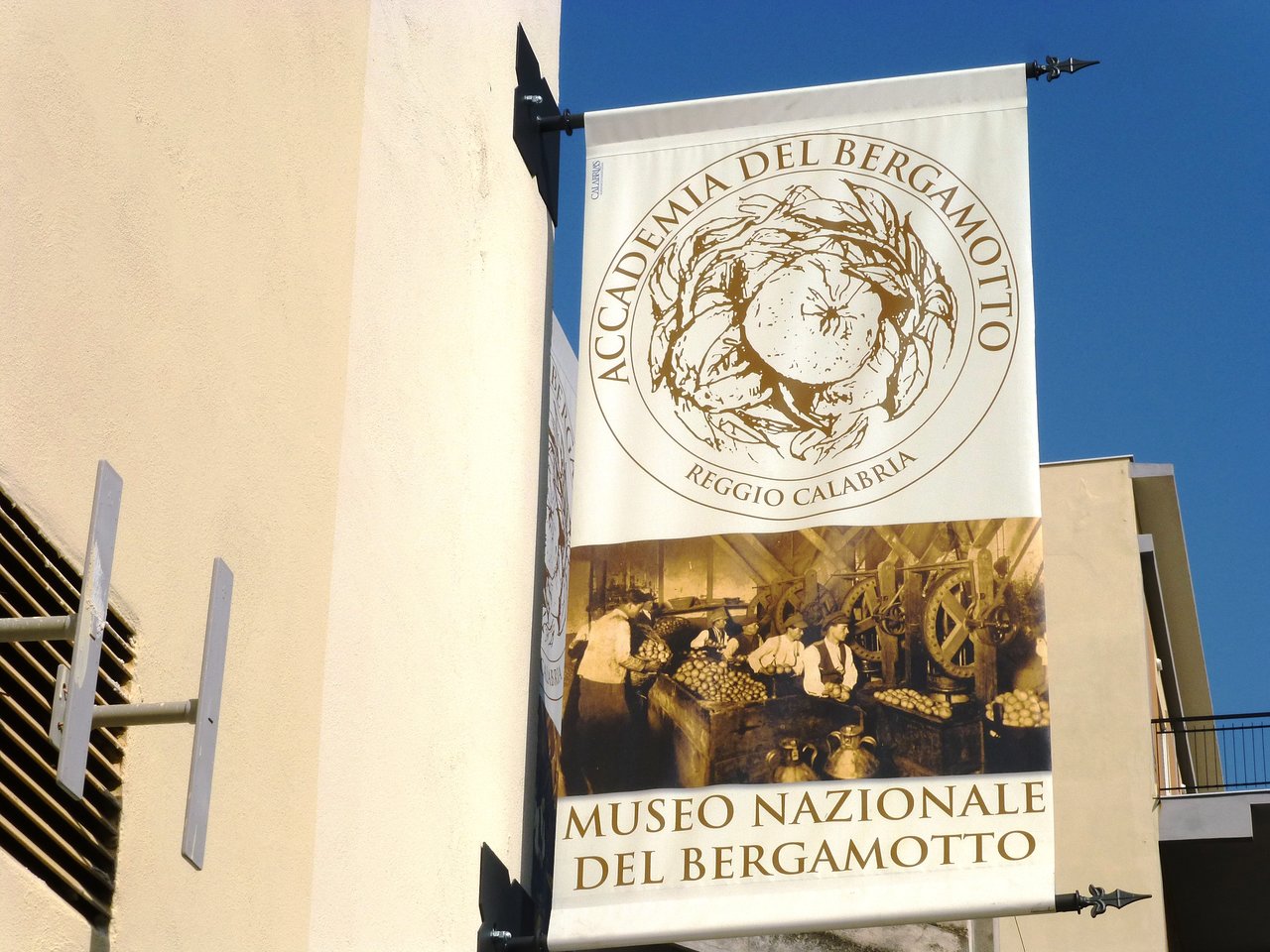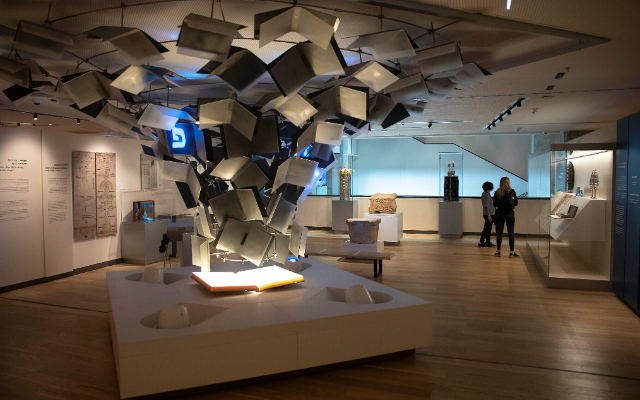Trafalgar Square is not just a central landmark of London; it is a vibrant symbol of the city’s historical and cultural life, deeply cherished by Londoners and visitors alike. Its historical significance and architectural grandeur make it a pivotal point of interest in the English capital, alongside the bustling Piccadilly Circus.
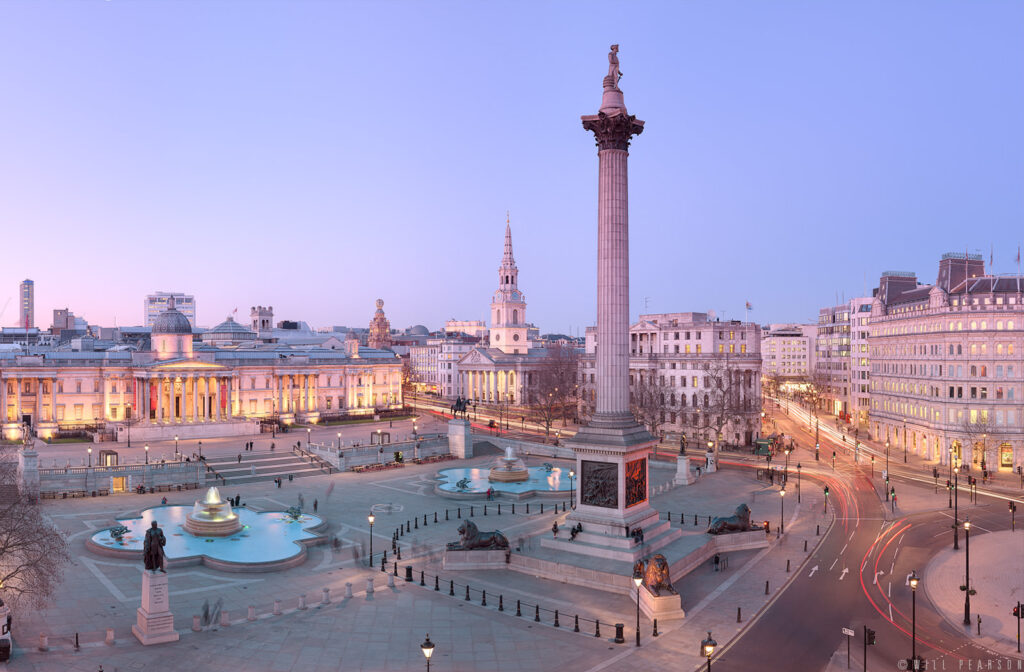
The square was named after the Battle of Trafalgar, a crucial 1805 naval victory in which Admiral Horatio Nelson defeated the Franco-Spanish fleet. This triumph effectively ended Napoleon Bonaparte’s ambitions for maritime dominance and solidified British naval supremacy. The square is dedicated to celebrating this pivotal moment in British history.
John Nash, a prominent architect, originally designed Trafalgar Square as part of his plan to redevelop the area, which had housed the royal stables since the Tudor period. Before that, it was historically significant as the site where King Edward I kept the royal hawks during the 1200s. The redevelopment work began in 1829 and was completed years later by architect Charles Barry.
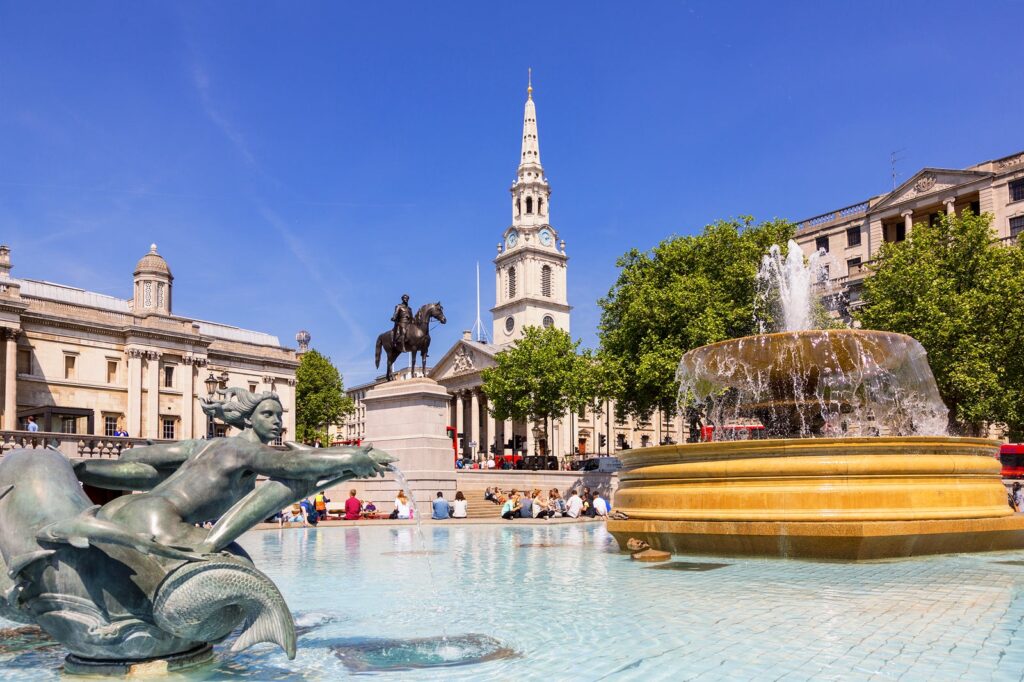
The most iconic feature of Trafalgar Square is Nelson’s Column. This monumental column, made of granite and standing at 46.34 meters high, was designed by William Railton and erected between 1840 and 1843. It is topped with a 5.30-meter statue of Lord Nelson, commemorating his leadership and sacrifice.
At the base of Nelson’s Column are four bronze reliefs that depict Nelson’s major victories: the Battle of St. Vincent (1797), the Battle of the Nile (Abukir, 1798), the Battle of Copenhagen (1801), and the Battle of Trafalgar (1805)—the latter being where Nelson tragically lost his life aboard HMS Victory. These reliefs serve not only as a memorial but as a celebration of Nelson’s military genius.
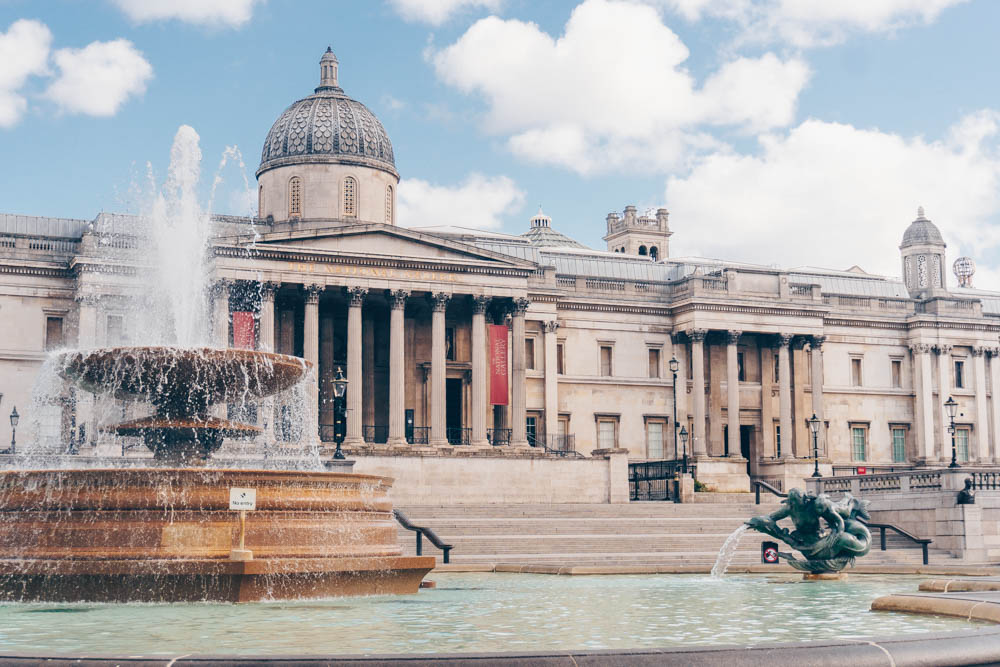
Surrounding the column are four massive bronze lions, sculpted by Sir Edwin Landseer and placed by Baron Marochetti in 1868. These lions symbolize the British Empire’s strength and courage, much like the spirit Nelson embodied.
Adjacent to the square, to the north, is the National Gallery, established in 1824 and stretching across the entire northern border of the square. This gallery houses a vast collection of European paintings, making it a cultural treasure trove for art enthusiasts.
To the south, visitors can find the Admiralty Arch and an equestrian statue of Charles I. Erected in 1649, this statue marks a historically significant site often considered the central point of London. Through the Sovereign’s Gate of the Admiralty Arch, one enters The Mall—a grand avenue used for royal parades leading directly to Buckingham Palace.
Trafalgar Square is more than just a public space; it is a crossroads of history, culture, and art that offers insights into the past and present of London. Its rich historical layers and vibrant atmosphere make it a must-visit for anyone looking to experience the heart of London. For more detailed insights into Trafalgar Square and its significance, visiting platforms like Secret World can provide comprehensive guides and information. Additionally, the Secret World app can enhance your visit with practical advice and deeper exploration into this iconic London landmark. Whether you’re drawn to its historical importance, architectural beauty, or cultural resonance, Trafalgar Square stands as a testament to London’s enduring spirit and legacy.


